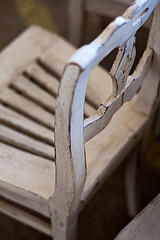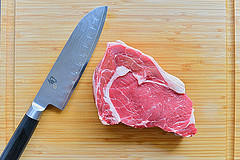Purchasing furniture is one of the priciest investments that you make in your home, so you likely want to keep it looking as good as new. Follow these smart tips for preventing stains, rips, and other signs of wear and tear on your new furniture.
- Invest in high-quality pieces. First and foremost, investing in good quality furniture is one of the very best ways to ensure that it keeps its original look for years to come.
- Protect your fabrics and upholstery. When you first purchase a new rug or upholstered sofa, pay a bit extra to have a professional administer a protective coating to repel stains.
- Flip sofa cushions. By flipping your sofa cushions monthly, you can distribute the weight from frequent use to multiple parts of the cushion.
- Minimize eating in the living room. If you’re already trying to break this bad habit, just imagine a food stain on your brand new sofa for a bit of extra motivation.
- Tackle stains immediately. Whether it’s on a rug or the sofa, the most important way to prevent permanent staining is by addressing it immediately so that it can’t sink into the fabric. Read the care instructions on your furniture or rugs when you purchase them so that you know exactly how to remove that red wine stain before it inflicts major damage.
How to Keep Your Furniture Looking Like New [WikiHow]
4 Steps to Keep Your Furniture Looking New [Apartment Therapy]
Keep Your Sofa Looking Like New in 3 Easy Steps! [Shofer’s]



 Equal Housing Opportunity
Equal Housing Opportunity